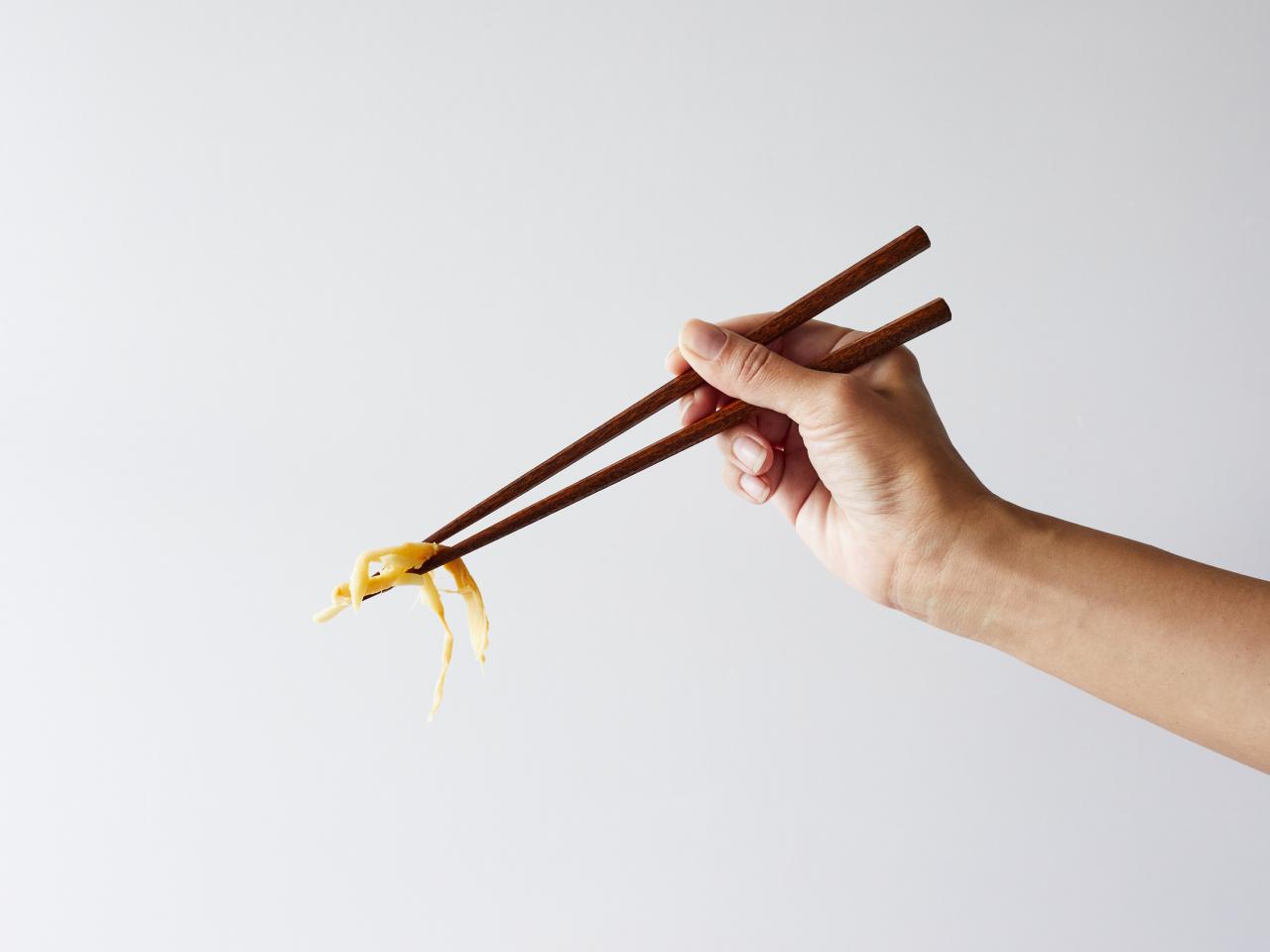
Chopsticks are an integral part of Asian culture and cuisine, with a history dating back thousands of years. These simple yet versatile utensils are used for enjoying a wide variety of dishes, from sushi to stir-fries. While they may seem ordinary at first glance, there are many fascinating aspects to chopsticks that are worth exploring. In this article, we will delve into 11 fun and intriguing facts about chopsticks, shedding light on their cultural significance, unique features, and global impact. Whether you're a chopstick aficionado or simply curious about this age-old eating tool, prepare to be amazed by the rich history and surprising trivia behind these slender sticks. So, let's embark on a journey to uncover the captivating world of chopsticks! <\p>
Key Takeaways:
- Chopsticks have a rich history and cultural significance, predating the fork by thousands of years. They are used for cooking, eating, and have specific etiquette rules.
- Over 45 billion pairs of chopsticks are used annually in China, reflecting their widespread use and environmental friendliness compared to single-use plastic cutlery.
Chopsticks are older than the fork.
Did you know that chopsticks have been in use for over 5000 years, predating the fork by thousands of years?
Over 45 billion pairs of chopsticks are used in China each year.
China’s massive population and culinary traditions contribute to the staggering number of chopsticks used annually.
The word for chopsticks in Chinese means “quick little bamboo fellows.”
The Chinese term for chopsticks, “kuai zi,” reflects the nature of these utensils.
Chopsticks are used for cooking as well as eating.
Chopsticks are not only used for consuming food but also for preparing and serving it in many Asian cultures.
There are specific etiquette rules for using chopsticks.
Proper chopstick etiquette includes not pointing with them, not sticking them upright in a bowl of rice, and not passing food from one set of chopsticks to another.
Chopsticks come in a variety of materials.
While bamboo and wood are traditional, chopsticks can also be made from metal, plastic, and even precious metals.
Chopsticks vary in style and design across different Asian countries.
Japanese chopsticks are typically shorter with a pointed end, while Chinese chopsticks are long and blunt. Korean chopsticks are made of metal and are often flat.
Chopsticks are believed to have symbolic significance in Asian cultures.
In China, chopsticks are placed on the table during traditional ceremonies as a symbol of the deceased. In Japan, a pair of unseparated chopsticks is a symbol of togetherness.
Chopsticks are associated with traditional Chinese medicine.
Some practitioners of traditional Chinese medicine believe that the material and shape of the chopsticks can affect the taste and nutritional properties of food.
Chopsticks are considered more eco-friendly than Western utensils.
Compared to single-use plastic cutlery, chopsticks have a lower environmental impact and are often made from sustainable materials.
Chopsticks are celebrated in popular culture and art.
Chopsticks have been featured in numerous films, literature, and artwork, reflecting their cultural significance and widespread use.
Conclusion
Chopsticks are not just a utensil for picking up food; they have a rich history and cultural significance. From their humble beginnings as cooking utensils in ancient China to becoming a symbol of etiquette and refinement, chopsticks have evolved over thousands of years. Whether you’re a chopstick aficionado or a novice, these 11 fun facts about chopsticks shed light on their fascinating journey through time and across cultures. So, the next time you sit down for a meal with chopsticks in hand, remember the centuries of tradition and innovation that have shaped these simple yet versatile tools.
FAQs
Why are chopsticks used in Asian countries?
Chopsticks are commonly used in Asian countries due to their practicality for picking up small pieces of food, which is common in Asian cuisine, and their cultural significance as traditional eating utensils.
Are there different types of chopsticks?
Yes, there are various types of chopsticks made from different materials such as bamboo, wood, metal, and plastic, each with its unique cultural and practical considerations.
How do you hold chopsticks correctly?
Hold one chopstick between the base of your thumb and the top of your ring finger and secure it with the tip of your middle finger. Then, place the other chopstick between your thumb and index finger and use your middle finger to guide it.
What is the significance of chopsticks in Chinese culture?
Chopsticks are deeply rooted in Chinese culture, symbolizing virtues like patience, respect, and mindfulness during meals, and are often associated with traditional ceremonies and rituals.
Can chopsticks be used for all types of food?
While chopsticks are commonly used for picking up a variety of foods, they may not be suitable for certain dishes with specific textures or consistencies, such as soups or very saucy dishes.
Was this page helpful?
Our commitment to delivering trustworthy and engaging content is at the heart of what we do. Each fact on our site is contributed by real users like you, bringing a wealth of diverse insights and information. To ensure the highest standards of accuracy and reliability, our dedicated editors meticulously review each submission. This process guarantees that the facts we share are not only fascinating but also credible. Trust in our commitment to quality and authenticity as you explore and learn with us.
